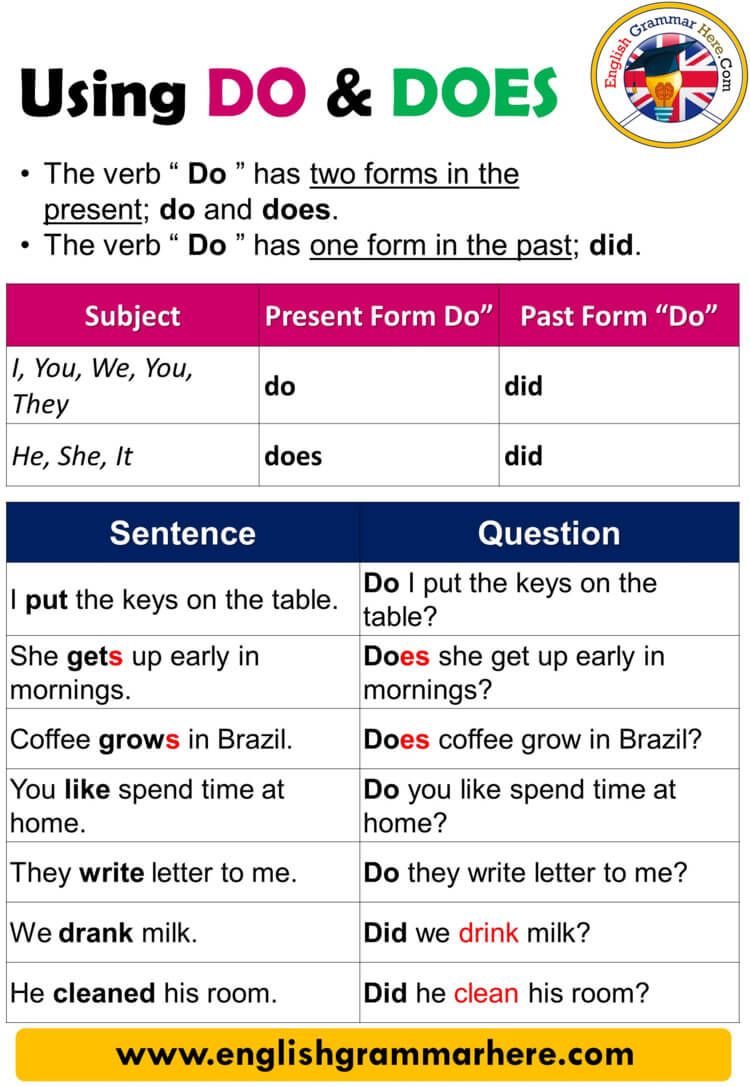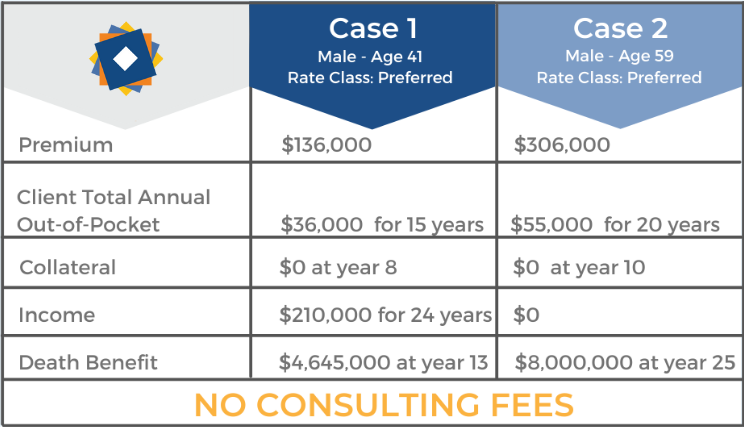Understanding Health Insurance Benefits for McDonald’s Employees: Eligibility, Access, and Options
Introduction: Health Insurance Opportunities at McDonald’s
For individuals considering a job at McDonald’s or those already on staff, understanding available health insurance benefits is an important aspect of maximizing your total compensation and safeguarding your well-being. With a wide network of corporate-owned and franchise restaurants across the United States, McDonald’s offers a diverse range of benefits to eligible employees-including health insurance plans, dental and vision coverage, as well as access to additional wellness resources. However, the specifics of these benefits, such as eligibility and enrollment procedures, can vary depending on your location, job status, and whether you work for a corporate restaurant or an independently owned franchise. This guide provides a comprehensive explanation of what you can expect, how to determine eligibility, and actionable steps to access available health insurance coverage as a McDonald’s employee.
Who Is Eligible for Health Insurance at McDonald’s?
Eligibility for health insurance benefits at McDonald’s is primarily determined by your employment status and the number of hours you work each week. Typically, full-time employees -defined as those working at least 30 hours per week-may qualify for medical, dental, and vision insurance. Part-time employees may have access to other benefits, but health insurance for part-time staff is not universally available and depends on the policies of individual franchise owners or specific corporate locations.
Key eligibility criteria include:
- Full-time status: Generally, you must average 30 hours per week to qualify for health benefits [1] [3] .
- Employment at a participating location: Corporate-owned restaurants and many franchisees offer health insurance, but the specific benefits and requirements can vary.
- Dependents: Eligible employees may also enroll spouses, domestic partners, and dependent children in their health plans, subject to dependent verification [1] .
If you are unsure about your eligibility, you are encouraged to ask your manager or the Human Resources (HR) representative at your location for the most current details on health insurance availability and requirements.
Types of Health Insurance Plans and Coverage Options
McDonald’s offers a range of medical plan options to eligible employees, including several distinct health plans that cover various needs and budget levels. These typically include:
- Multiple medical plan choices: Employees may select from different plans with varying premiums, deductibles, and coverage levels, such as Health Plan 1, Health Plan 2, Health Plan 3, and Health Plan 4. Coverage may be customized for individuals, employees plus spouse, employees plus children, or family coverage [1] .
- Dental and vision insurance: Comprehensive and preventive dental plans, as well as vision coverage, are often available [1] [2] .
- Critical illness and accident insurance: Some plans include options for additional critical illness and accident coverage for employees and their dependents [1] .
- Life and disability insurance: Employees may have access to basic term life insurance, accidental death and dismemberment insurance, and short- or long-term disability coverage [2] [5] .
- Mental health and wellness resources: Support programs for mental health, nutrition, and fitness are becoming more prevalent across locations [2] .
It is important to note that the specific benefits, insurance carriers, and premium costs may differ between corporate-owned restaurants and independently owned franchises. Employees should refer to their location’s open enrollment materials or contact HR for plan details and rates.
How to Access and Enroll in McDonald’s Health Insurance
Enrolling in health insurance as a McDonald’s employee involves a series of steps, often centered around an annual open enrollment period. Here’s how you can get started:
- Confirm your eligibility: Speak with your manager or HR representative to determine if you meet the hours and employment status requirement for health insurance.
- Review available plans: During the open enrollment window-often in early fall-review the summary of benefits for each available plan. Pay attention to coverage levels, premiums, deductibles, and provider networks [3] .
- Gather dependent information: If you plan to enroll family members, prepare documentation for dependent verification, which may include birth certificates, marriage certificates, or other legal documents [1] .
- Complete enrollment forms: Submit your selections online or through paper forms provided by your employer. If you are a new hire, you may have an initial enrollment period; otherwise, enroll during the annual open enrollment window.
- Special enrollment for life events: If you experience a qualifying life event-such as marriage, childbirth, loss of coverage, or promotion to a full-time position-you may be eligible for a special enrollment period. Contact HR promptly for instructions [3] .
If you have missed the open enrollment period and do not have a qualifying life event, you will typically need to wait until the next annual enrollment to make changes to your health insurance coverage.

Source: gyngenyeestudyquizz.z14.web.core.windows.net
Examples and Real-World Scenarios
Example 1: Maria works as a crew member at a corporate-owned McDonald’s location and averages 32 hours per week. During open enrollment, she reviews the health plans offered and chooses a plan that fits her budget. She is able to enroll her spouse and dependent child after providing the required documentation.
Example 2: Tom is an employee at a franchise location. His hours fluctuate, but his manager confirms that he is classified as full-time. Tom participates in open enrollment and selects dental and vision coverage in addition to medical insurance. When Tom’s partner loses their job, Tom uses the special enrollment process to add his partner to his health plan.
Potential Challenges and Solutions
Challenge: Not all franchise locations may offer identical health insurance benefits, and some part-time employees may not qualify for coverage. Solution: If you do not qualify through your McDonald’s employer, consider exploring coverage through the official Health Insurance Marketplace (Healthcare.gov) or through a parent’s or spouse’s plan if eligible. Local community health centers and Medicaid programs may also provide options for those not eligible for employer-sponsored coverage.
Challenge: Understanding complex health insurance terms and plan differences can be confusing. Solution: Reach out to your HR representative for assistance interpreting plan documents. You can also consult independent resources, such as consumer guides from the U.S. Department of Labor or nonprofit organizations, for general information on health insurance basics.

Source: grammarist.com
Alternative Pathways for Health Coverage
If you do not qualify for health insurance through your McDonald’s employment, or if the offered plans do not meet your needs, you have several alternatives:
- Apply for individual coverage through the federal Health Insurance Marketplace at Healthcare.gov during open enrollment periods or after a qualifying life event.
- Check with your state’s Medicaid program or CHIP if your income meets eligibility requirements-search for “[Your State] Medicaid” using your preferred search engine.
- Contact your local health department or community health center for assistance programs.
Remember, you should never be required to pay for information about government health programs. Always use official resources or ask for help from a trusted HR professional.
How to Get More Information and Start the Process
The best way to learn about your specific eligibility, plan options, and enrollment steps is to:
- Speak directly with your McDonald’s manager or HR representative.
- Check your employee handbook or internal HR portal for benefits documents.
- If you work at a franchise location, contact your franchise owner or the local HR lead for details on available plans.
- For general guidance, visit established employee benefits resources or consult government agencies like the U.S. Department of Labor for information about employer health plans.
Key Takeaways
Health insurance is available to many McDonald’s employees, especially those classified as full-time. Coverage options, eligibility, and costs vary by location and employment status. Taking proactive steps-such as confirming your eligibility, reviewing your options during open enrollment, and seeking HR guidance-can help you access the benefits that best support your health and financial security.
References
- [1] Health and Welfare Plan 2025 – Rate Area 4. Coverage details and eligibility.
- [2] ThanksBen – McDonald’s Company Benefits (2024). Overview of employee benefits, including medical and wellness coverage.
- [3] Mueller Family McDonald’s Health and Wellness (2019). Insurance information and enrollment process.
- [4] McDonald’s Corporate – Talent & Benefits (2024). Summary of core benefits and eligibility.
- [5] Scott McDonald’s Benefits Ohio (2025). Manager and crew benefits overview.



